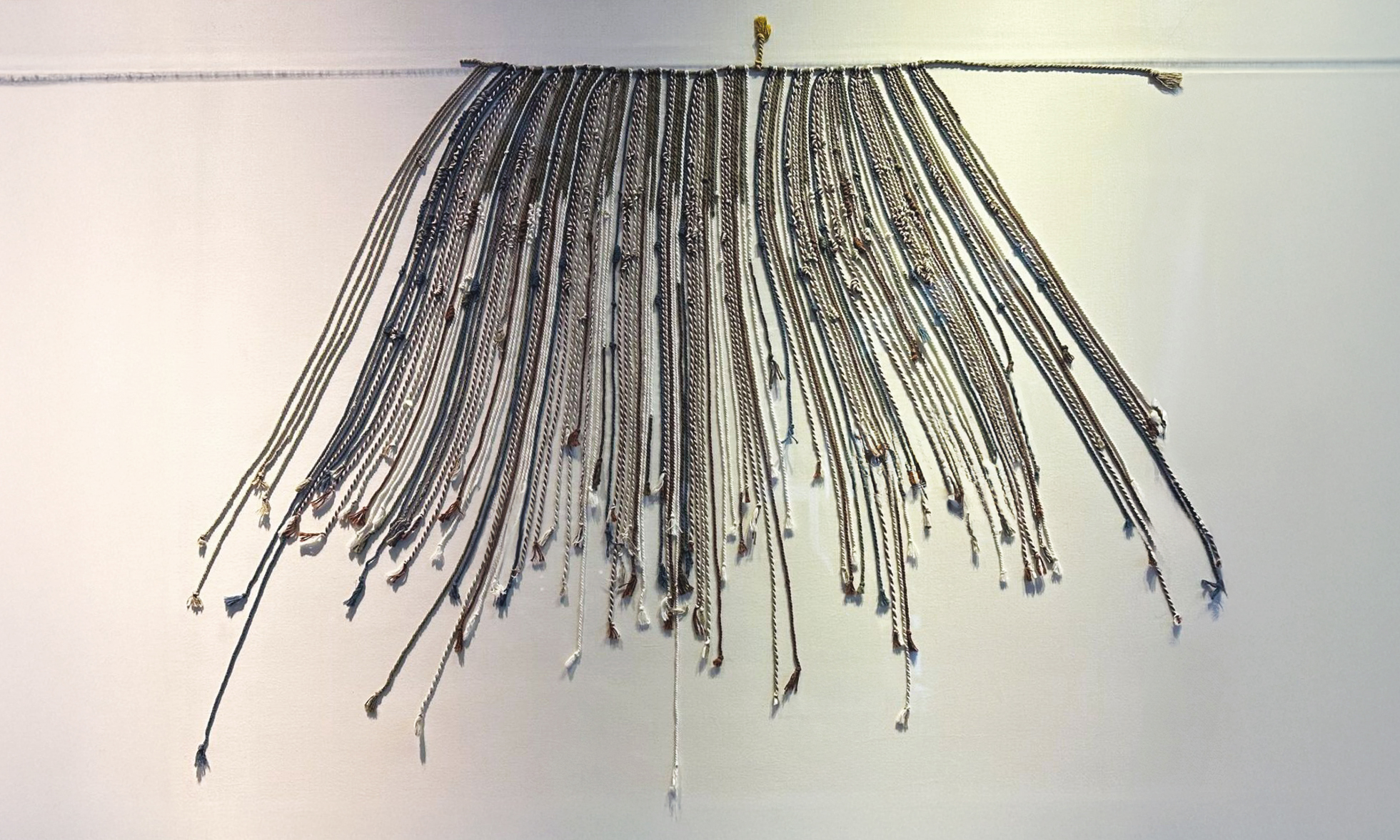Picture made at the Computer History Museum
The Timeless Thread of Information
From Ancient Knots to Cosmic Networks
10.02.2025
In a cosmic twist that even the most imaginative storytellers couldn't create, astronomers have recently unveiled the universe's largest known structure—a colossal formation stretching 1.3 billion light-years and boasting a mass of approximately 200 quadrillion suns! They have rightly named this Quipu, drawing inspiration from the ancient Incan system of knotted cords used for record-keeping and computing.
Our company's name, KIPU QUANTUM, is derived from the same Incan quipu - a sophisticated method of encoding information through intricate knots. These early "data storage" systems were not just a way to record numbers: they were a fundamental tool for organizing society, tracking knowledge, and passing information across generations.
Interestingly, Quipu is the Spanish word—also used in English—for this system, corresponding to Khipu in Quechua, the language of the Incas. Khipu means "knot," and these knots, arranged along colored strings, carried complex encoded information. In some Quechua variants, the word Kipu is also used interchangeably with Khipu, giving us a trilogy of names: Quipu, Khipu, and Kipu.
The quipu's structure - a main cord with various subsidiary cords, each with knots positioned to convey meaning—reflects the complexity we explore in quantum computing today. It's fascinating how this ancient system resonates with modern technological concepts, revealing that the way we structure, and process information has always been a defining part of human advancement.
So, the next time someone inquiries about our name, it carries an even deeper significance—a connection between history, technology, and the cosmos itself. From the Incas' knotted networks to the vast interwoven galaxies of Quipu, from early symbolic dataencoding to the future of quantumcomputing
